How Will Budget 2025 Affect The Singapore Property Market? 8 Key Changes To Note
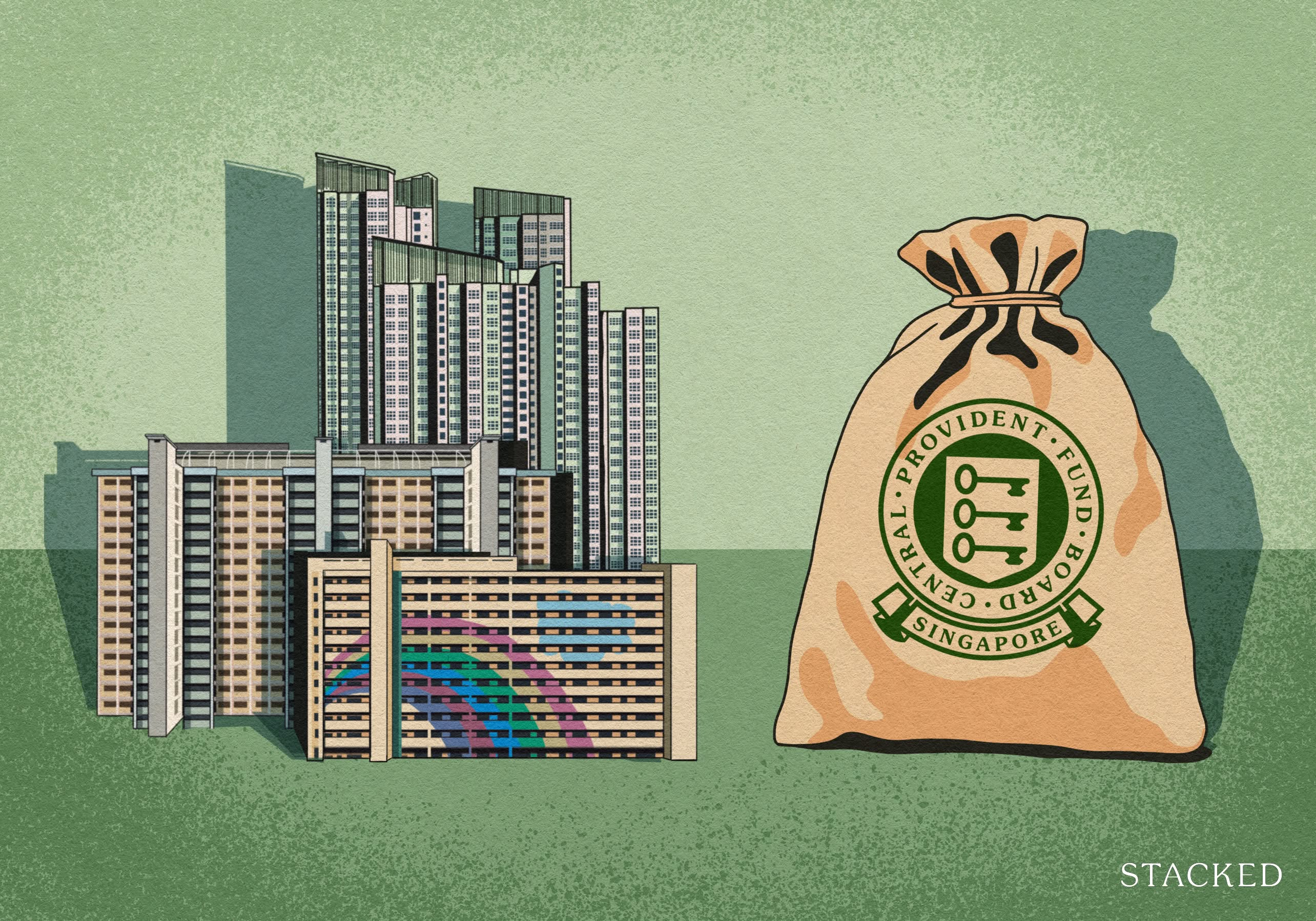
Get The Property Insights Serious Buyers Read First: Join 50,000+ readers who rely on our weekly breakdowns of Singapore’s property market.
A seasoned content strategist with over 17 years in the real estate and financial journalism sectors, Ryan has built a reputation for transforming complex industry jargon into accessible knowledge. With a track record of writing and editing for leading financial platforms and publications, Ryan's expertise has been recognised across various media outlets. His role as a former content editor for 99.co and a co-host for CNA 938's Open House programme underscores his commitment to providing valuable insights into the property market.
It’s that time of year again—Budget 2025 was just announced, and many are wondering how it will impact the property market. In this SG60 year, key concerns include the high cost of housing, a volatile global economy, and an ageing population. However, with a $143.1 billion budget, we may be able to navigate the challenges ahead. For those who have an interest in how Budget 2025 may affect the Singapore property market, here’s what to expect:
1. Continued Focus on Public Housing & Increased BTO Supply
According to the budget speech, BTO application rates have stabilised and have fallen below pre-Covid-19 levels. This is on the back of the ramp-up in supply, such as the one we saw in 2022 and 2023.
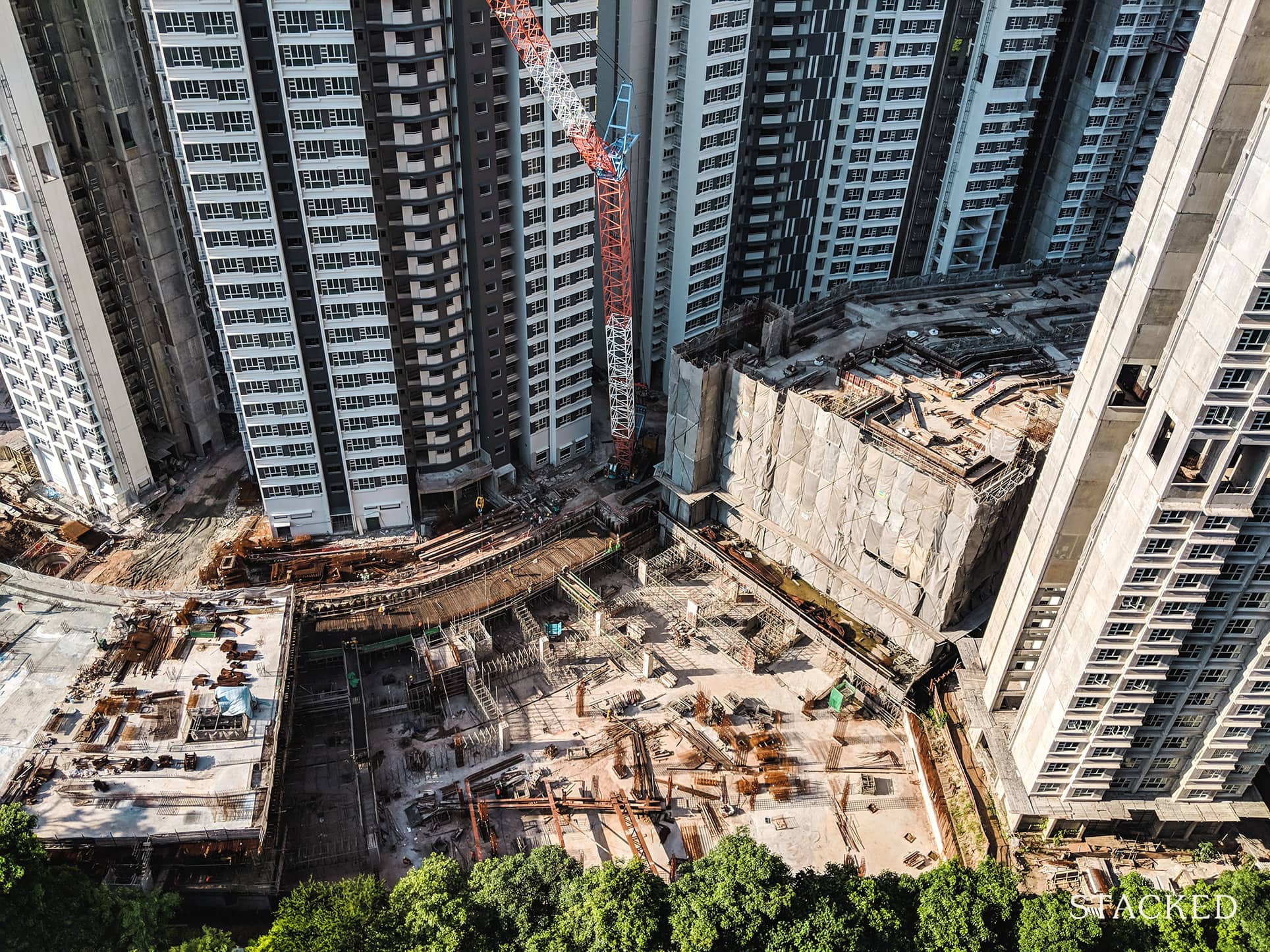
It appears that moving forward, the government wants to maintain the pipeline of new flats to meet demand. This year we’ll see 3,800 new flats with waiting times of under three years, which make up around 20 per cent of this year’s total BTO supply.
From our perspective, the shorter build-time of these flats could siphon some demand from the resale segment. With a construction time of less than three years, some homebuyers may now be convinced to rent and wait for their flat, rather than pay the current high prices for resale flats.
During the budget speech, it was also noted that the Sale of Balance Flats (SBF) exercise last week was one of the largest we’ve seen, with around 5,500 flats available islandwide. This may also help with those who need to move in fast, as about 40 per cent of the SBF units are already completed; and there’s another SBF exercise still to come later this year.
Overall impact: The increased supply will help to gradually cool resale flat prices, although the impact is not going to be immediate as BTO flats still take time to enter the resale market. In any case, it does appear that first-timers may have more affordable BTO options – and a better shot at balloting – compared to the years right after Covid.
2. More Support for the Fresh Start Scheme
Budget 2025 brings more support for the Fresh Start Housing Scheme.
(This scheme is to help second-timers move from renting flats, back into owning flats again; and these flats can be on shorter leases to allow better affordability. You can see the details of the scheme here).
The grant for eligible second-timer families to buy a BTO 2-room or 3-room flat (on a shorter lease) will be increased, from from $50,000 to $75,000.
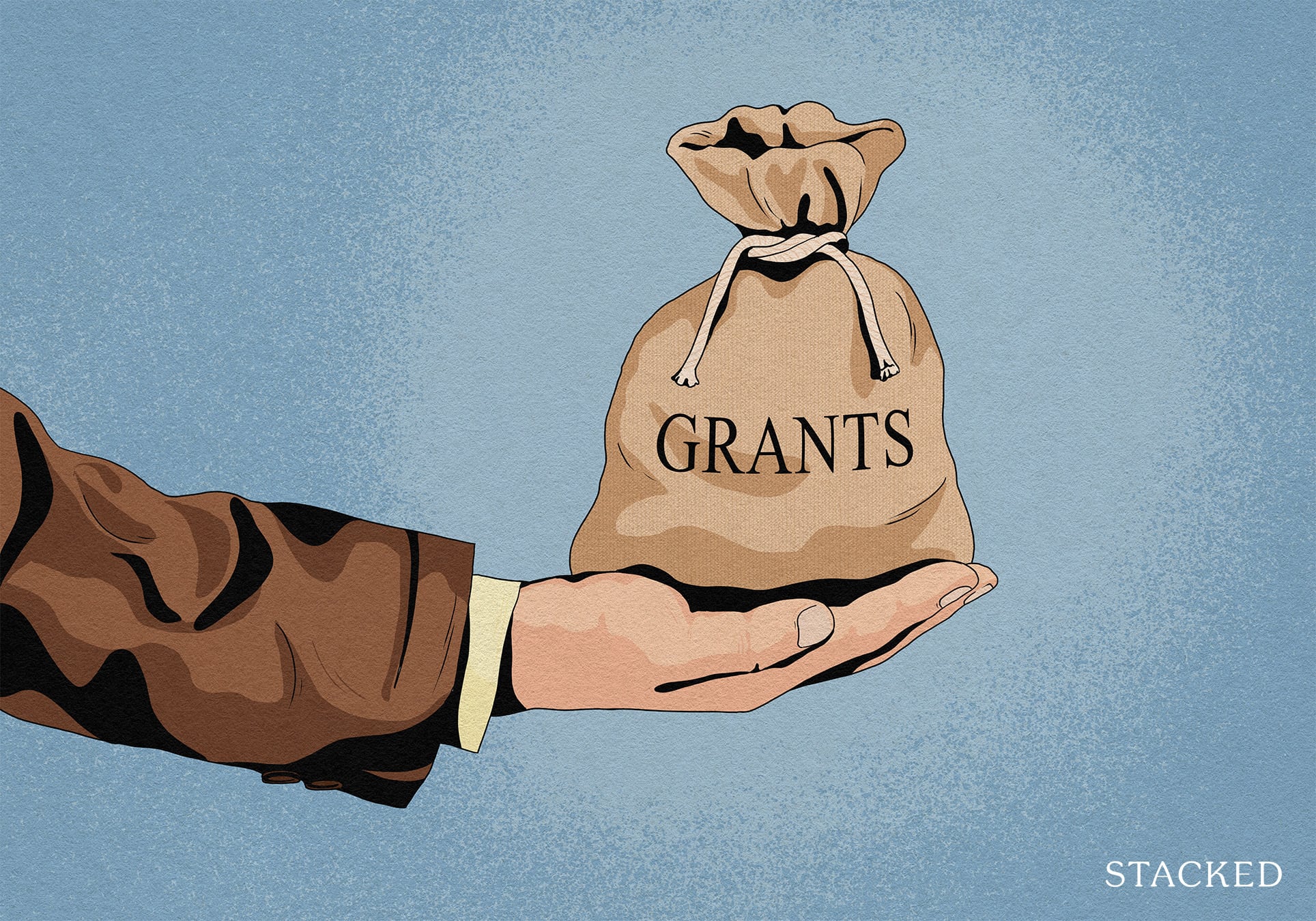
The bigger change though, is that first-timer families currently living in public rental flats can now also join the scheme. This will grant them access to the same subsidised, shorter-lease flats available to the second-timers on the Fresh Start scheme.
Overall impact: Moves like this help to maintain Singapore’s high homeownership rate (currently close to 90 per cent). It makes a big difference to those in lower-income situations, or those just coming out of financial difficulties (e.g., discharged former bankrupts).
It’s interesting that some first-timers are also eligible now, and it’s a timely move given the rising cost of living, which might otherwise lock them into rental options their whole lives.
3. Lower property taxes for most homeowners
This is not entirely new, as we were told about this last year: the Annual Value (AV) bands are being revised for 2025. The AV refers to the estimated annual rental income a property could generate, and property taxes are based on this amount. The AV of a given property is determined by IRAS.
According to the budget speech, around 90 per cent of private homeowners will see lower property taxes in 2025, based on the lower AV.
For HDB, 1 and 2-room flats will continue to incur no property tax. All other HDB flats will be taxed at the marginal tax rate of four per cent (for any portion of their AV above $12,000).
For this year, there’s a one-time Property Tax (PT) rebate of 20 per cent for Owner-Occupied HDB flats, and 15 per cent for Owner-Occupied private homes. The rebate is capped at $1,000.
IRAS has put out some numbers for the average tax payable, for HDB flats:
| HDB Flat Type | Average Property Tax Payable in 2024(After Rebate) | Average Property Tax Payable in 2025(After Rebate) |
| 3-room flat | $4.10 per month | $1.90 per month |
| 4-room flat | $12.80 per month | $11.95 per month |
| 5-room flat | $17.90 per month | $15.40 per month |
| Executive flat* | $22.30 per month | $17.15 per month |
Overall impact: Property taxes in Singapore are already not high (except for the priciest luxury properties), so this is unlikely to stimulate buying. It does help homeowners a little with the rising cost of living. The rebate is also not so substantial that landlords would feel they’re losing out.
4. U-Save Rebates are here again
More from Stacked
A Rare $350M Land Plot Big Enough for 60 Bungalows Just Hit the Market In Singapore
How often does a site large enough for 60+ bungalows hit the market in Singapore's prime central region?
For eligible households, U-Save rebates in 2025 can go up to $760. You can check full eligibility details here; but we can tell you right off that you must be an HDB owner with only a single property.
The rebates will be disbursed in April 2025 and October 2025. They’re expected to cover about six months worth of utility bills for 1 and 2-room flats, or three months of utility bills for 3 and 4-room flats.
Overall impact: The government has said that more than 950,000 Singaporean (HDB) households will benefit. We feel the impact is most significant for lower-income families and 1 and 2-room flats, where covering half a year of utilities makes for a tangible boost in affordability.
5. Investments in R&D in the One-North area
There’s a $3 billion top-up to the National Productivity Fund this year, to drive R&D growth. But what got our attention was the specific location mentioned: the One-North area will see increased support (research infrastructure) in Biotech and Medtech, while there are also plans for a new semiconductor R&D fabrication facility.
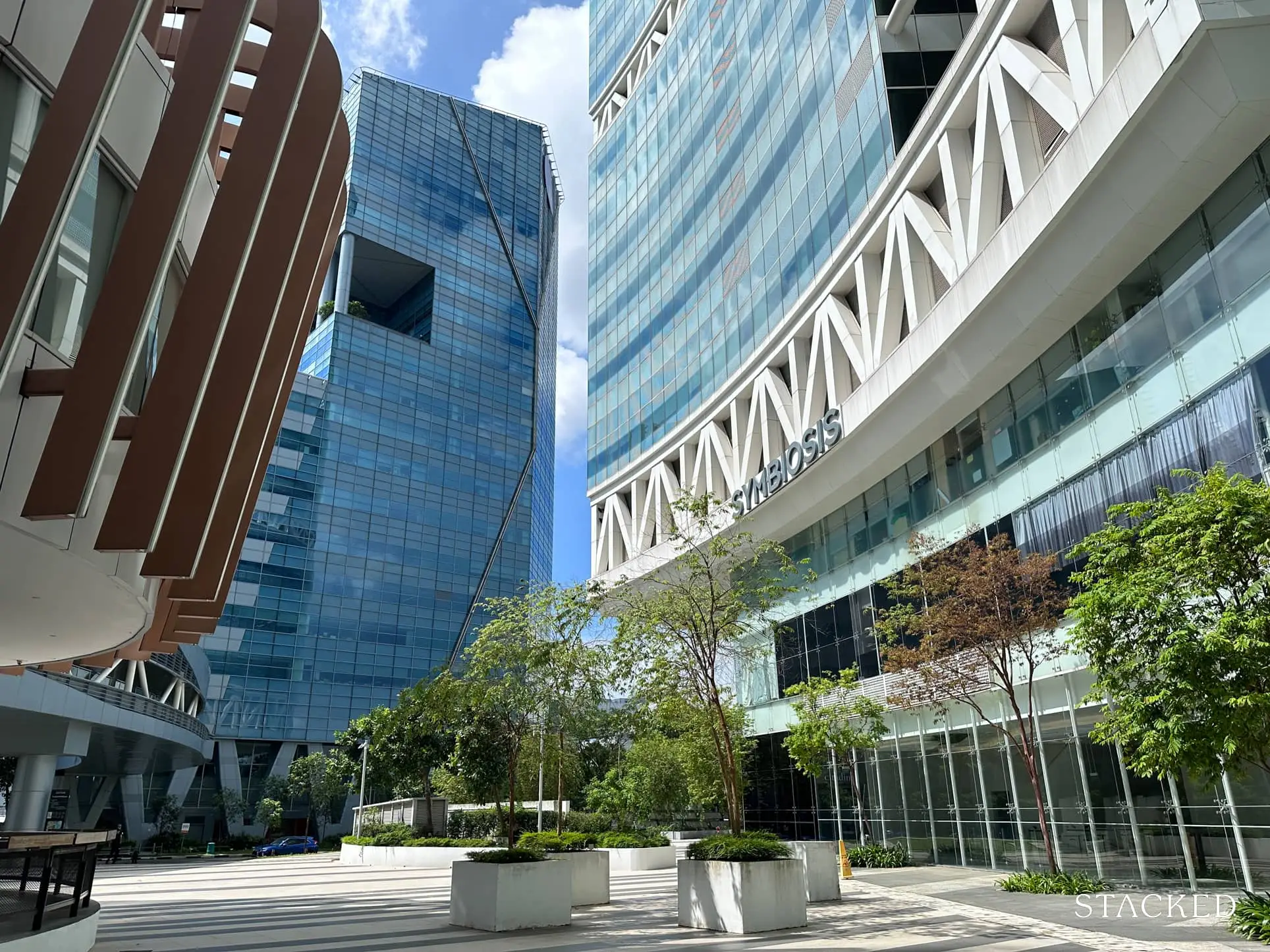
Overall property impact: This might see an influx of new workers – both foreign and local – into the One-North area. This could boost the viability of certain projects, like One-North Eden, The Hill @ One-North, and One-North Residences as rental assets.
(We also have a prior examination of the One-North area in this older article, so consider this an update).
There might also be a spillover effect in the Buona Vista area, which is just one stop from One-North.
6. Home Improvement & Sustainability Incentives
First, the Enhancement for Active Seniors (EASE) programme, which subsidises home modifications for safety, is being extended to include private properties. You can see details of the subsidised safety installations here.
We’ve suspected for some time that, due to Singapore’s ageing population, EASE (or something like it) would invariably be applied to all forms of local housing.
Second, climate vouchers are now going to be available to private property owners as well. HDB households will get an added $100 worth of vouchers (totalling $400).
Overall property impact: Climate vouchers can be quite a big deal for first-time homeowners, who are already burdened by the cost of renovations and furnishing. It’s not a huge impact, but it is helpful.
7. Continued MRT expansion
Another $60 billion is going to be invested in our rail network over this coming decade, as the government pushes for less driving and more public transport use. This isn’t really a “new” move, just a confirmation of ongoing rail expansion.
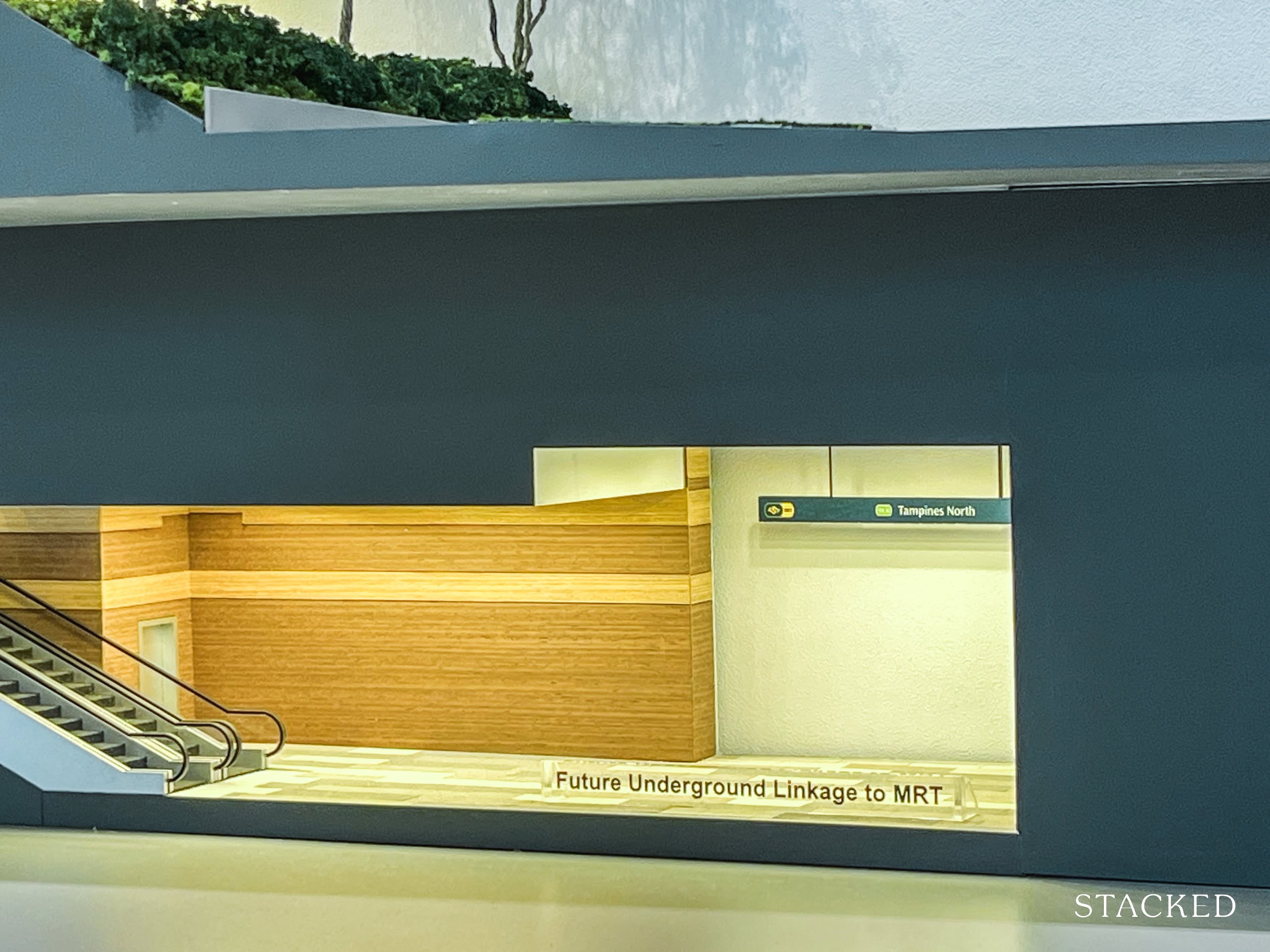
Overall property impact: Given the number of train stations we now have (and will have), MRT proximity may have less of an impact on home values in future.
For those old enough to remember the property market in the ‘80s or earlier, you may recall that having a bus station nearby was once a big deal. But as the transport network grew, it simply stopped being as relevant. In the same way, it’s likely that in a few decades, almost every property will have an MRT station within walking distance.
This is likely to change the emphasis from just having a nearby train station, to having multiple desirable lines nearby.
8. More support for larger families
Singaporean couples with three or more children will receive an additional S$16,000 per child from their third child onwards. This is from:
- S$5,000 increase in the Child Development Account (CDA) First Step Grant.
- S$5,000 Large Family Medisave Grant for the mother’s Medisave account.
- S$1,000 in LifeSG credits per year (ages one to six).
In a separate statement, the National Population and Talent Division (NPTD) highlighted this as a broader effort to “kickstart a sustained whole-of-society movement to celebrate and better support large families.”
The enhancements are on top of the existing $500 LifeSG credits (for Singaporeans aged 12 and below), and it was also mentioned the government has partnered with 30 organisations to provide extra privileges and discounts for large families. This is across various sectors like dining, retail, and transportation.
Overall property impact: This isn’t likely to help a large family move up to a larger flat, condo, etc. Outside of BTO flats, these benefits pale in the face of three-bedder or larger units, in both the resale and private markets.
Finally, there’s the CDC vouchers:
$800 in CDC vouchers for all Singaporean households! This is in two tranches: $500 in May 2025, and $300 in January 2026. As always, half can be used at participating supermarkets, and half can be used at selected merchants and hawker centres.
This isn’t a property issue, but it is the one most people are usually excited about 🙂
Comment and let us know what you think about Budget 2025, and whether you’re happy or a bit disappointed. Meanwhile, follow us on Stacked for further updates on the property market, as the year rolls on. If you’d like to get in touch for a more in-depth consultation, you can do so here.
Ryan J. Ong
A seasoned content strategist with over 17 years in the real estate and financial journalism sectors, Ryan has built a reputation for transforming complex industry jargon into accessible knowledge. With a track record of writing and editing for leading financial platforms and publications, Ryan's expertise has been recognised across various media outlets. His role as a former content editor for 99.co and a co-host for CNA 938's Open House programme underscores his commitment to providing valuable insights into the property market.Read next from Editor's Pick
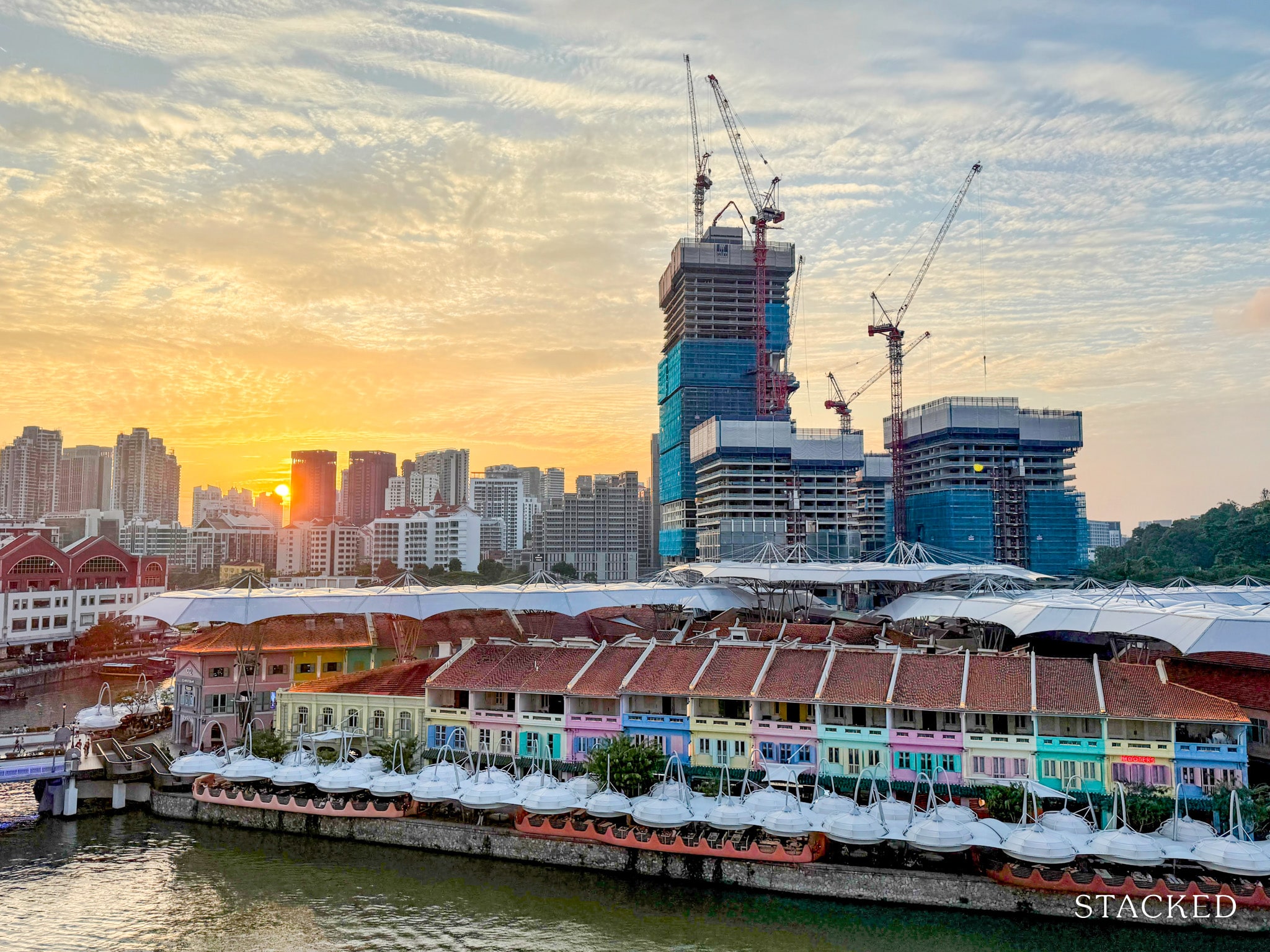
Property Market Commentary 7 Close To TOP New Launch Condos In 2026/27 For Those Looking To Move In Quick
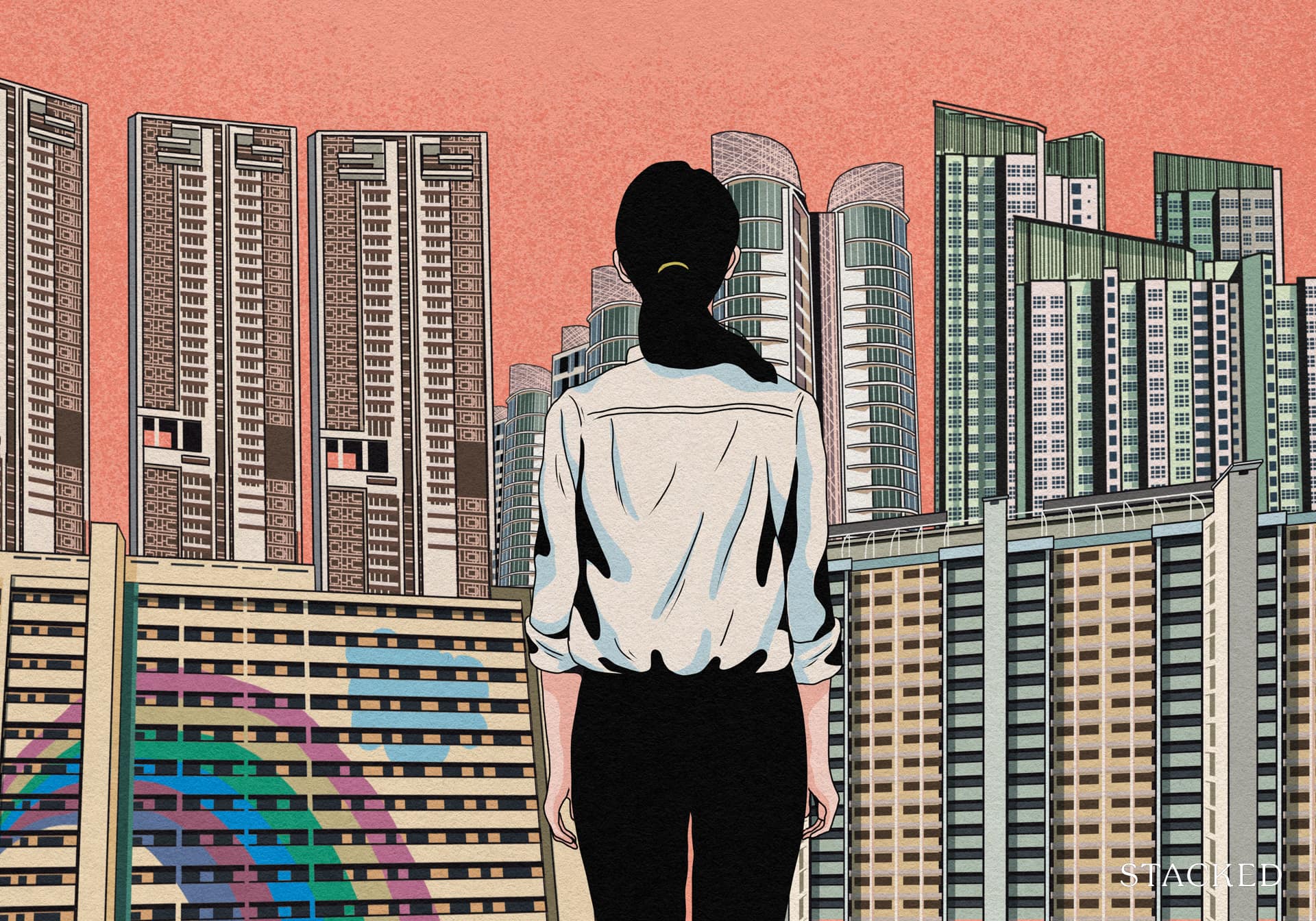
Property Market Commentary Why It’s So Much Harder For Young Singaporeans To Buy A Home Today
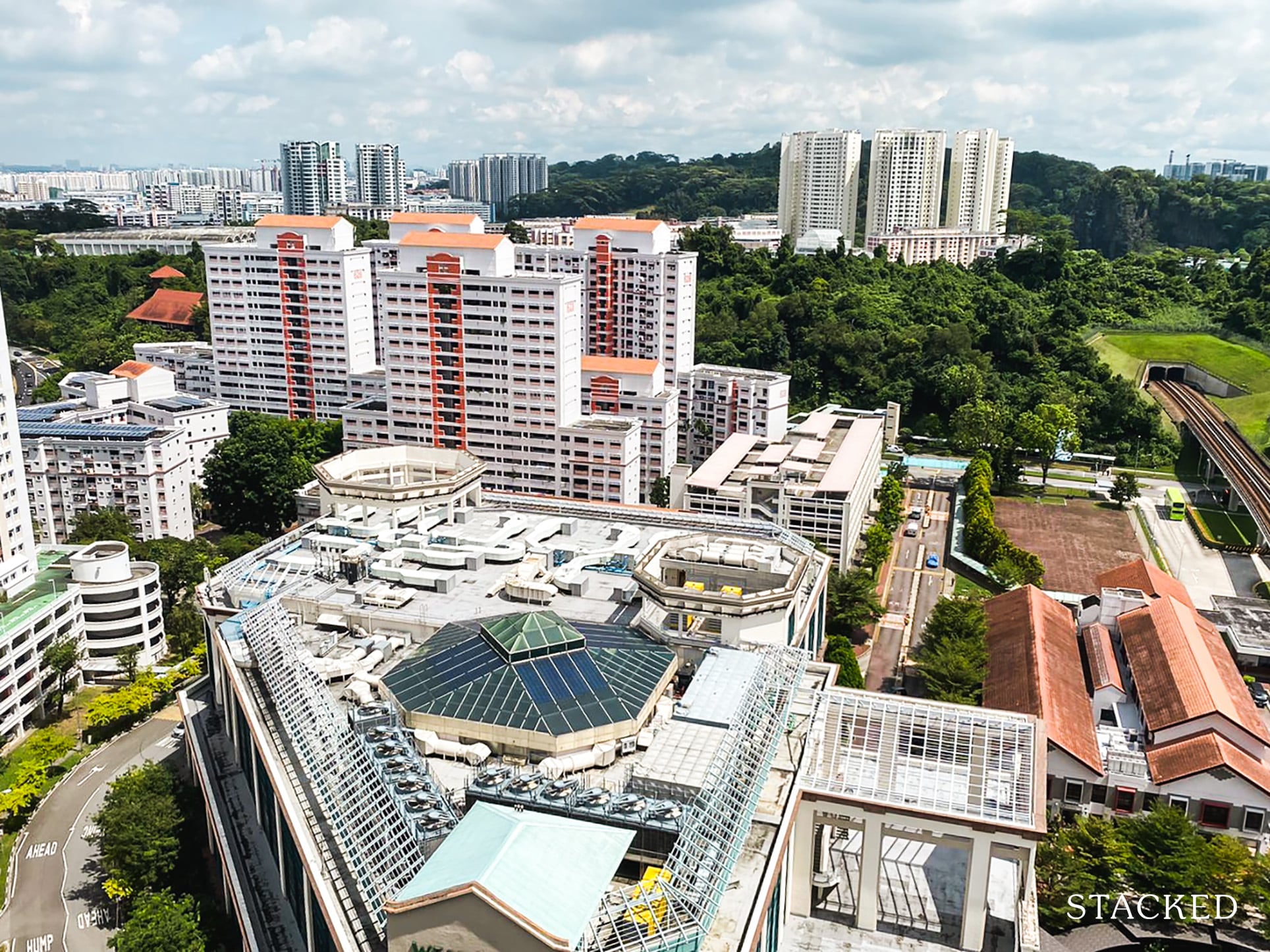
Property Market Commentary Which HDB Towns Sold the Most Flats This Year? The 2025 Rankings Reveal Some Surprises
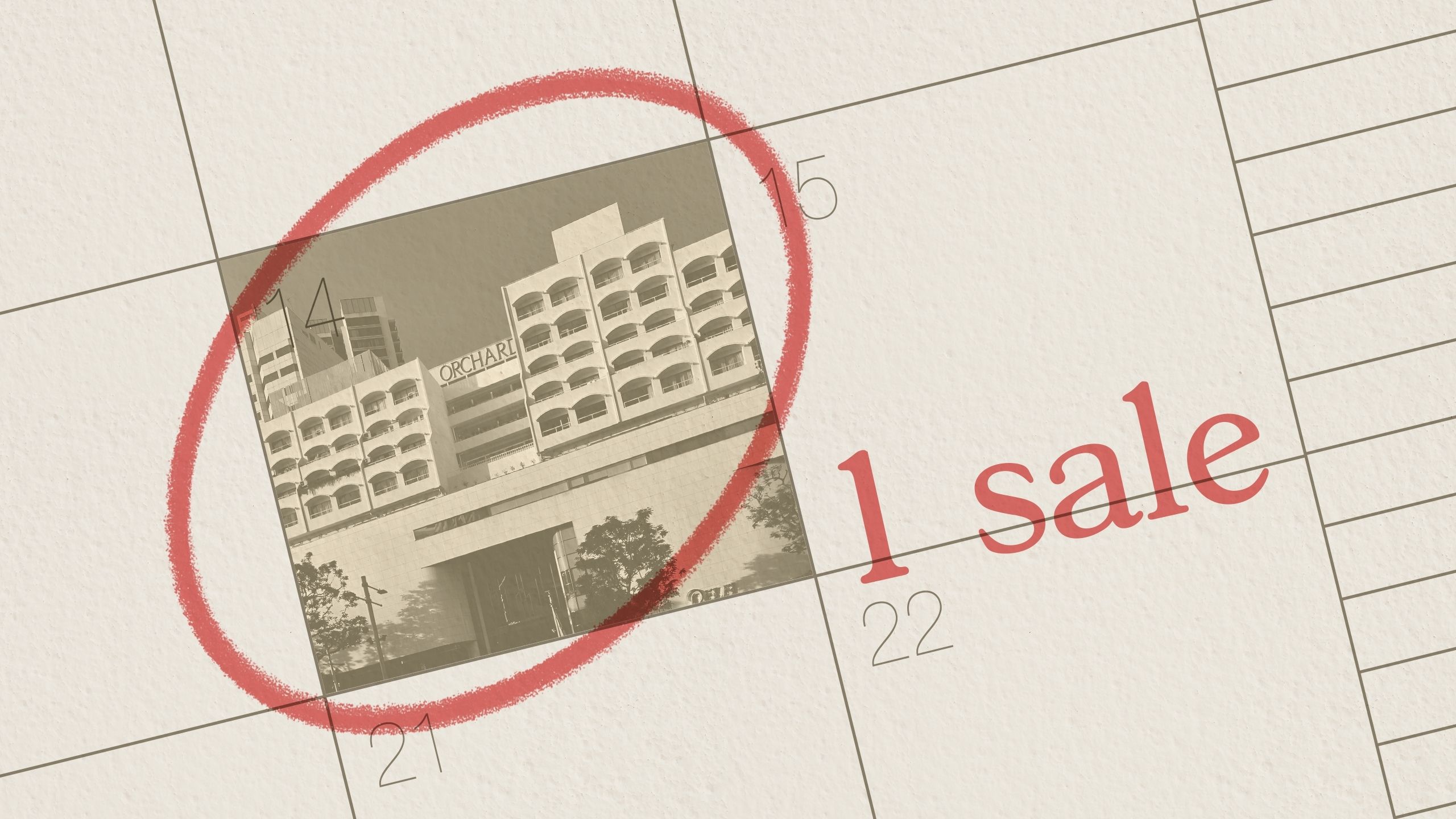
Property Market Commentary The Rare Condos With Almost Zero Sales for 10 Years In Singapore: What Does It Mean for Buyers?
Latest Posts
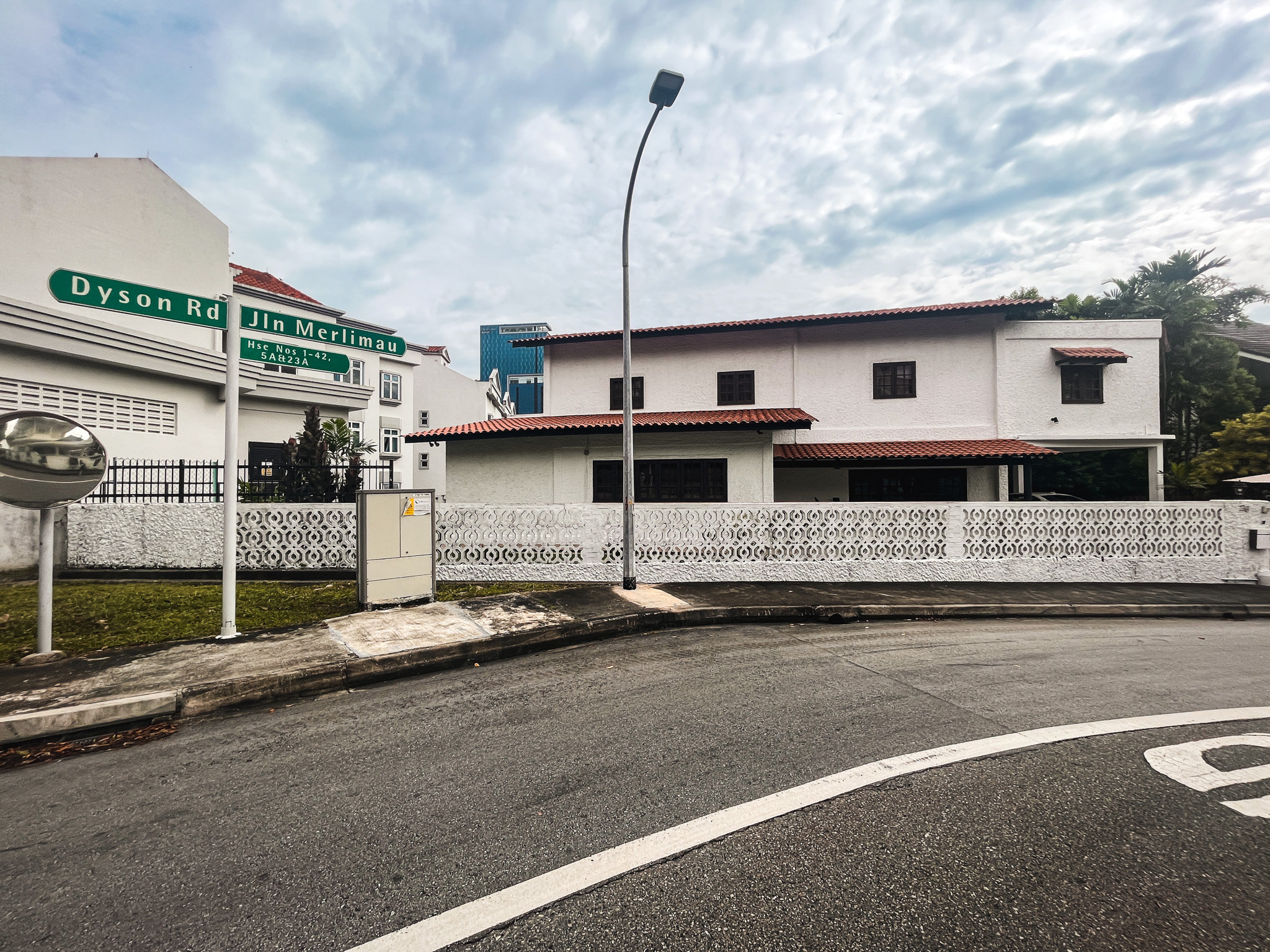
Landed Home Tours We Toured A Quiet Freehold Landed Area Near Reputable Schools — Where Owners Rarely Sell
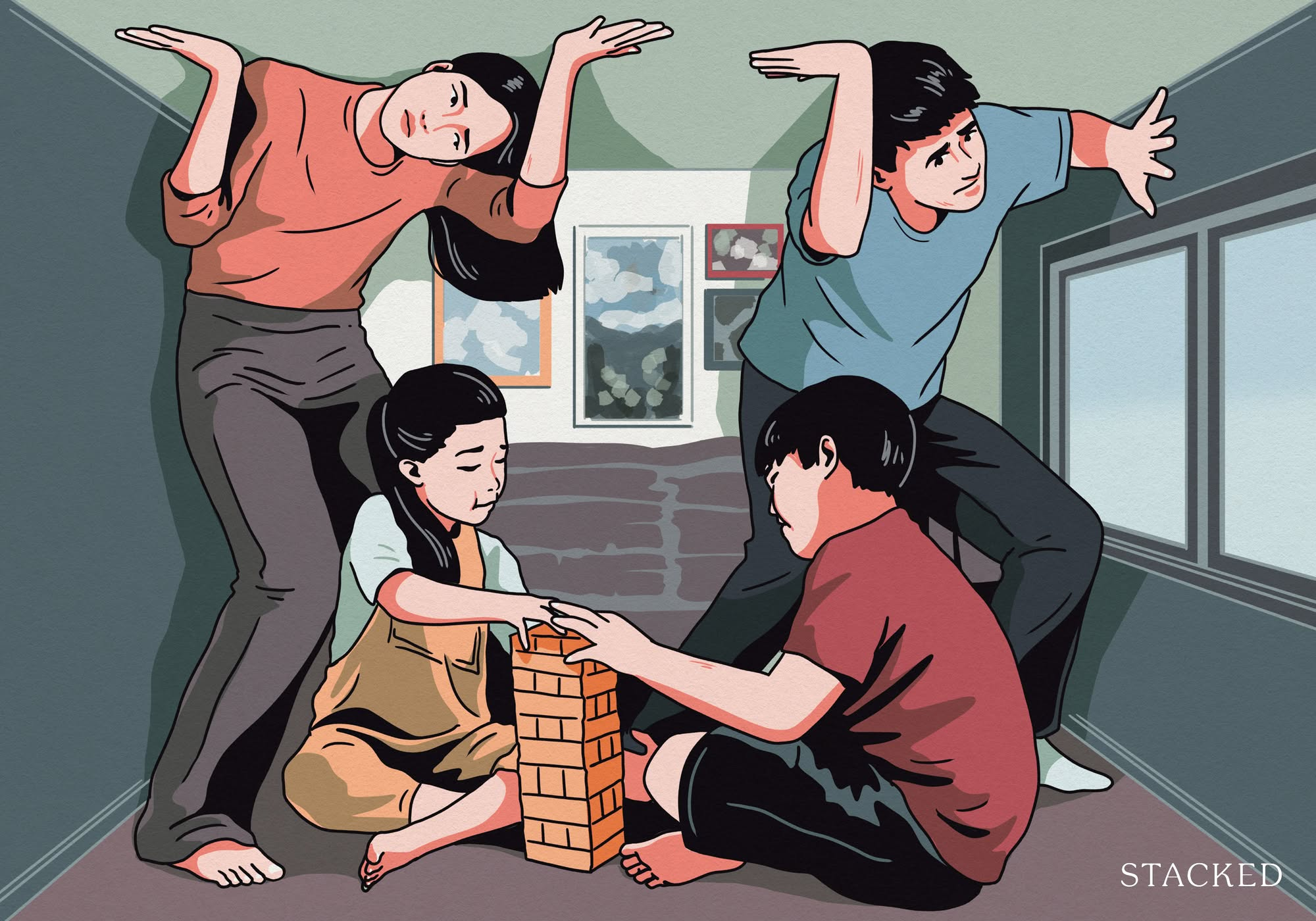
Singapore Property News How Much Smaller Can Singapore Homes Get?

Overseas Property Investing The Biggest Mistake Singaporeans Make When Analysing Overseas Property

Pro How Much More Should You Really Pay for a Higher Floor or Sea View Condo?
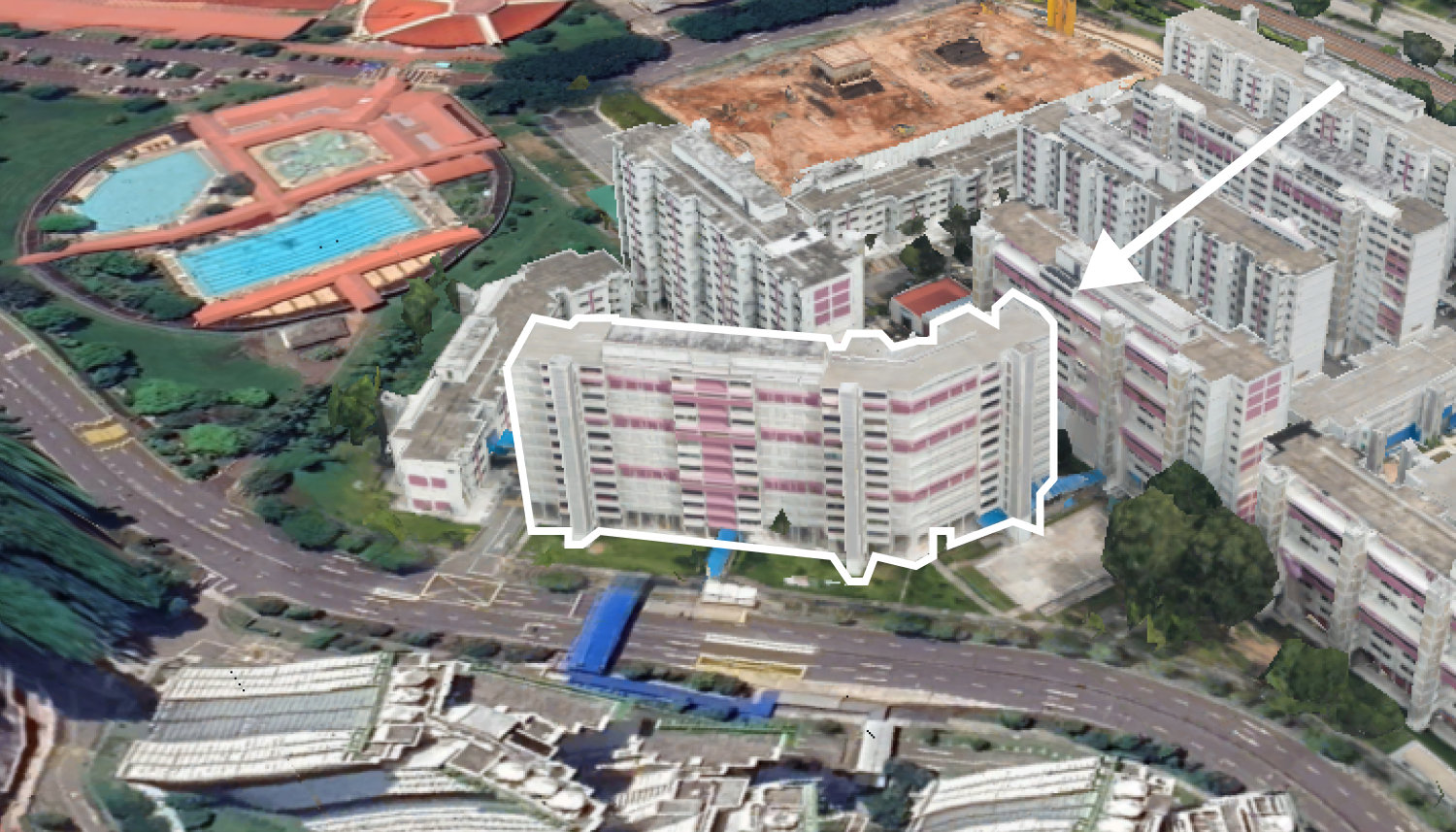
On The Market 5 Spacious 5-Room HDB Flats Under $600K You Can Still Buy Today
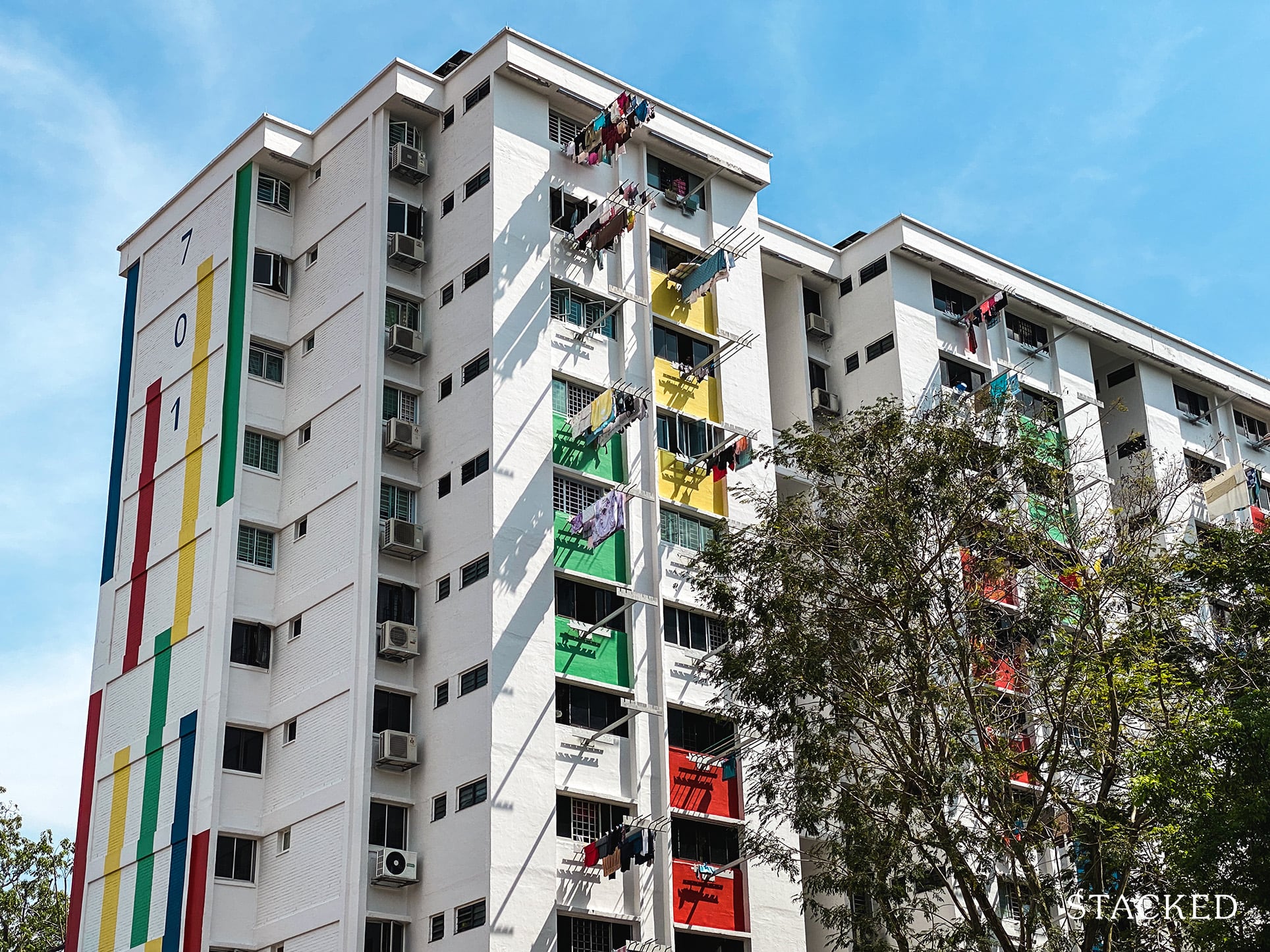
Property Advice I Own A 55-Year-Old HDB Flat, But May Have To Sell — Can I Realistically Buy A Freehold Condo With $700K?
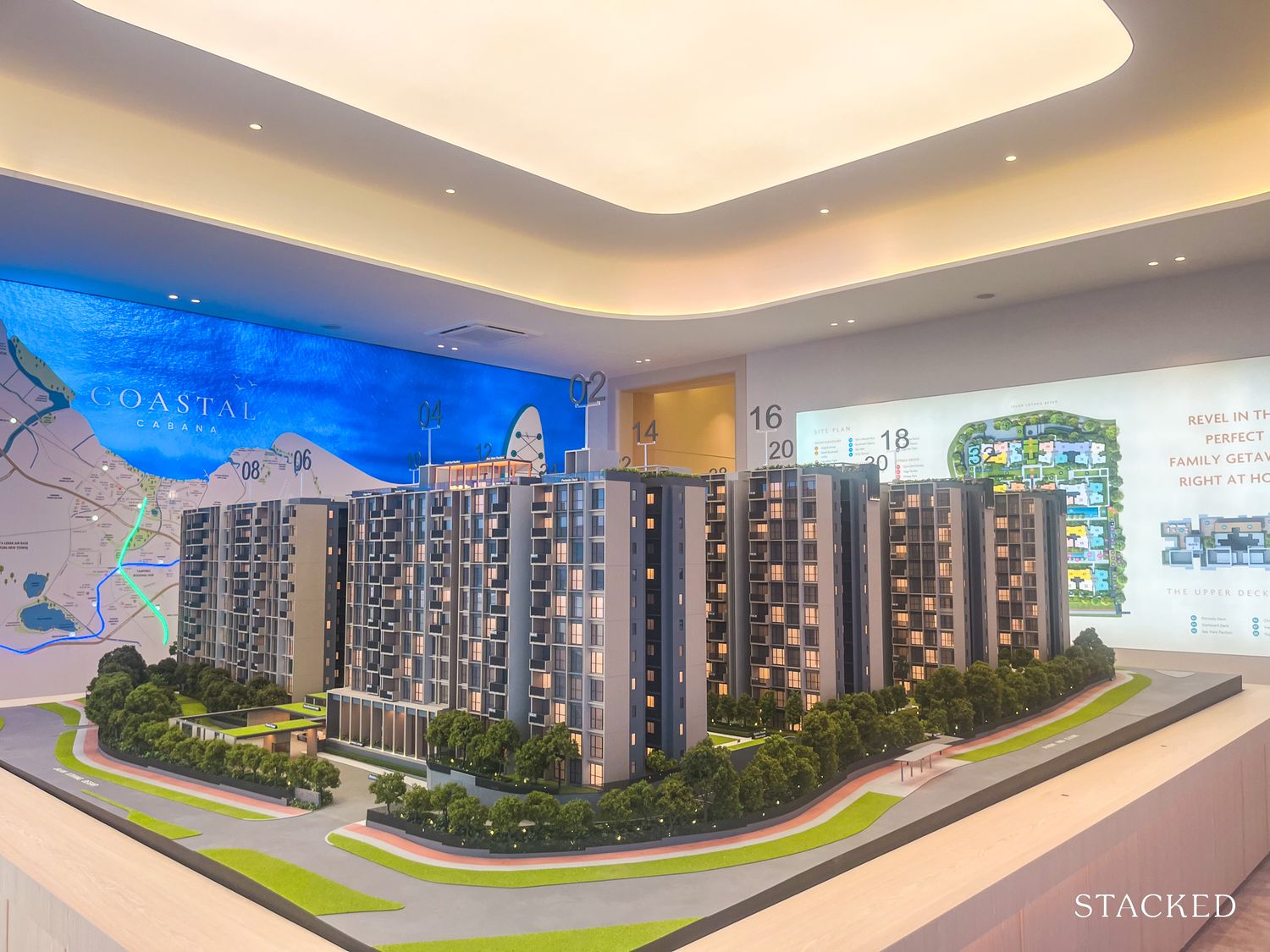
New Launch Condo Reviews Coastal Cabana EC Review: A Unique EC With Sea Views Priced From $1.438M
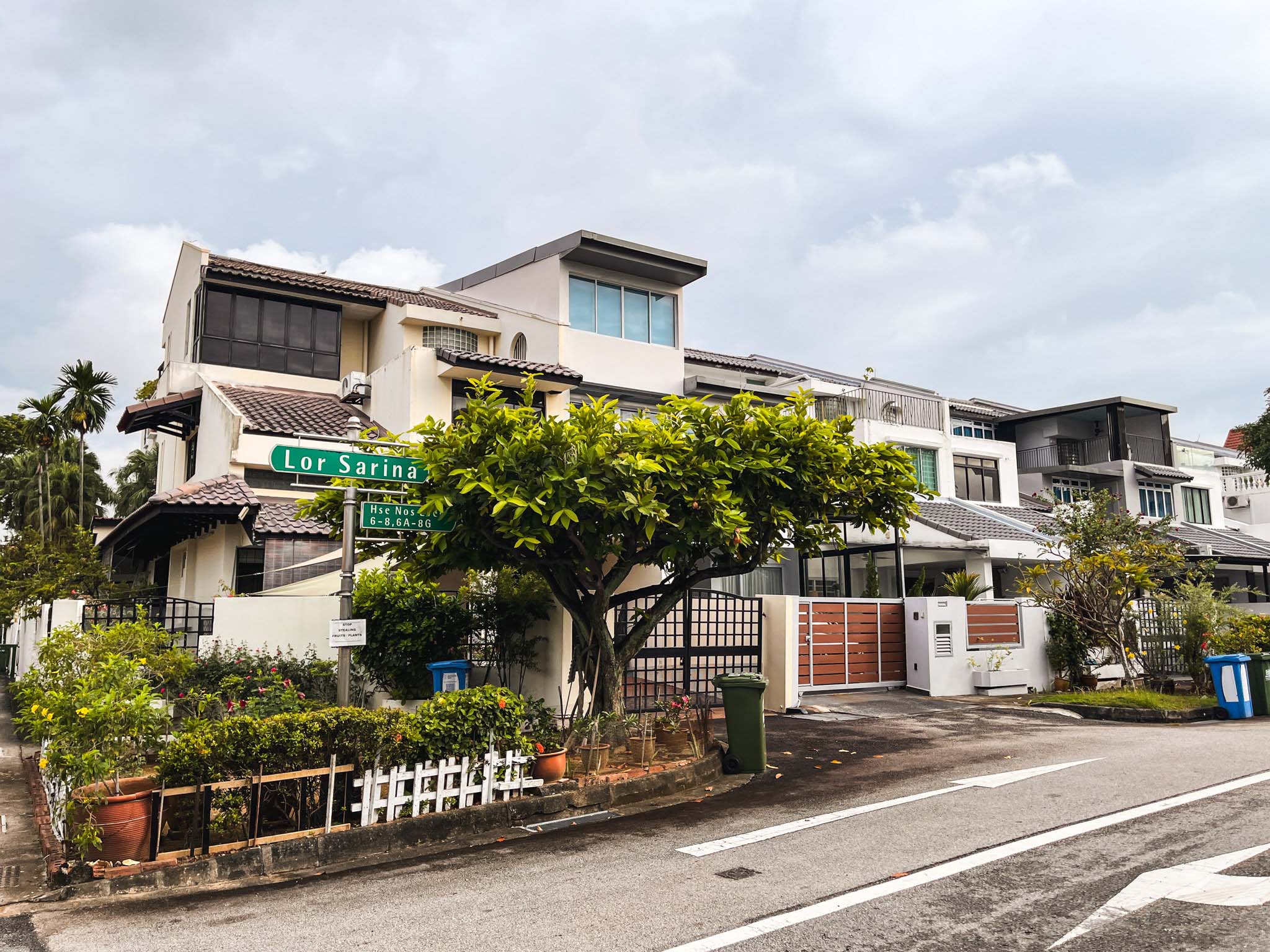
Landed Home Tours We Toured a Freehold Landed Area Buyers Overlook — It’s Cheaper (and Surprisingly Convenient) From $3.2M
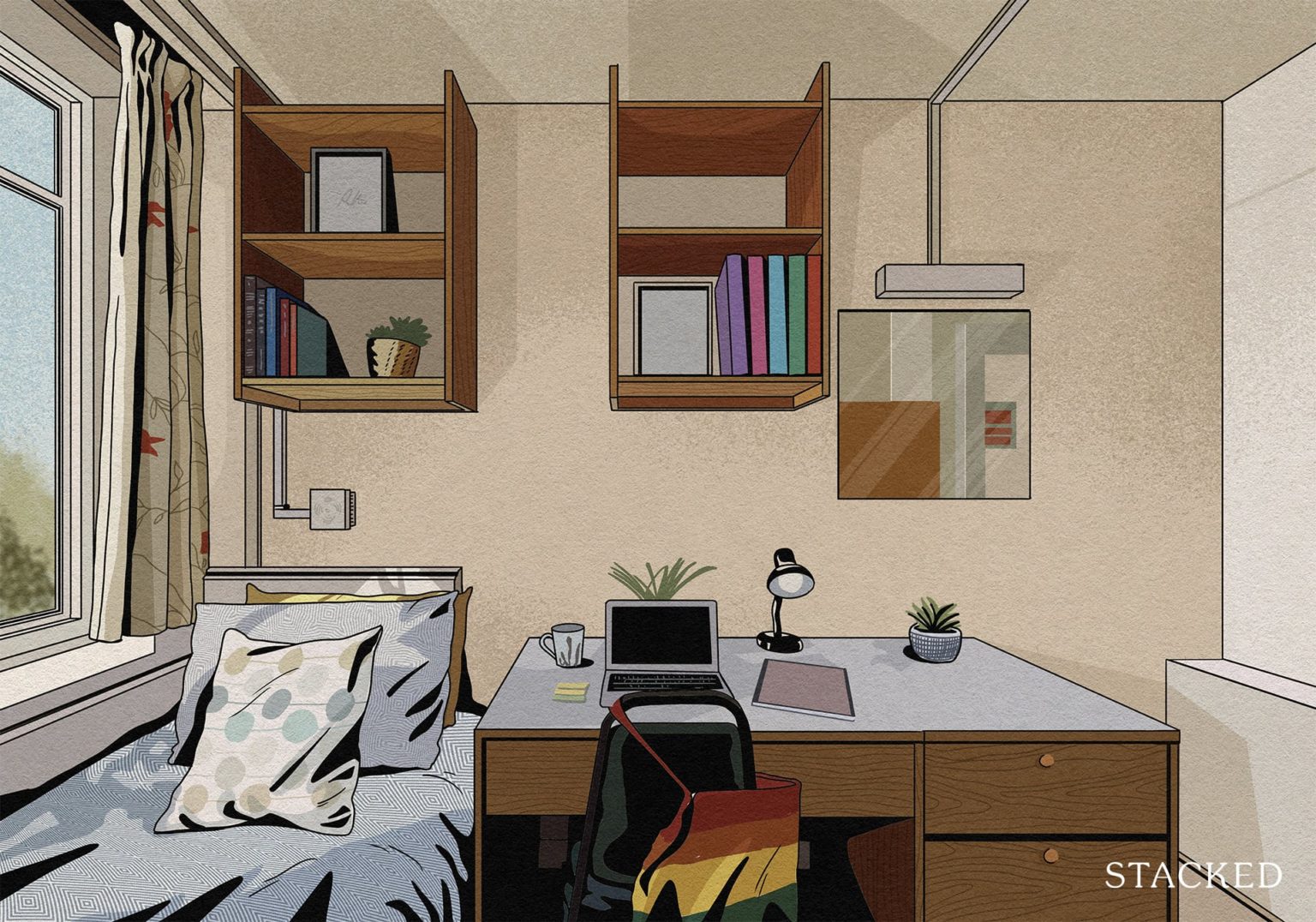
Singapore Property News The Hidden Costs of Smaller Homes in Singapore
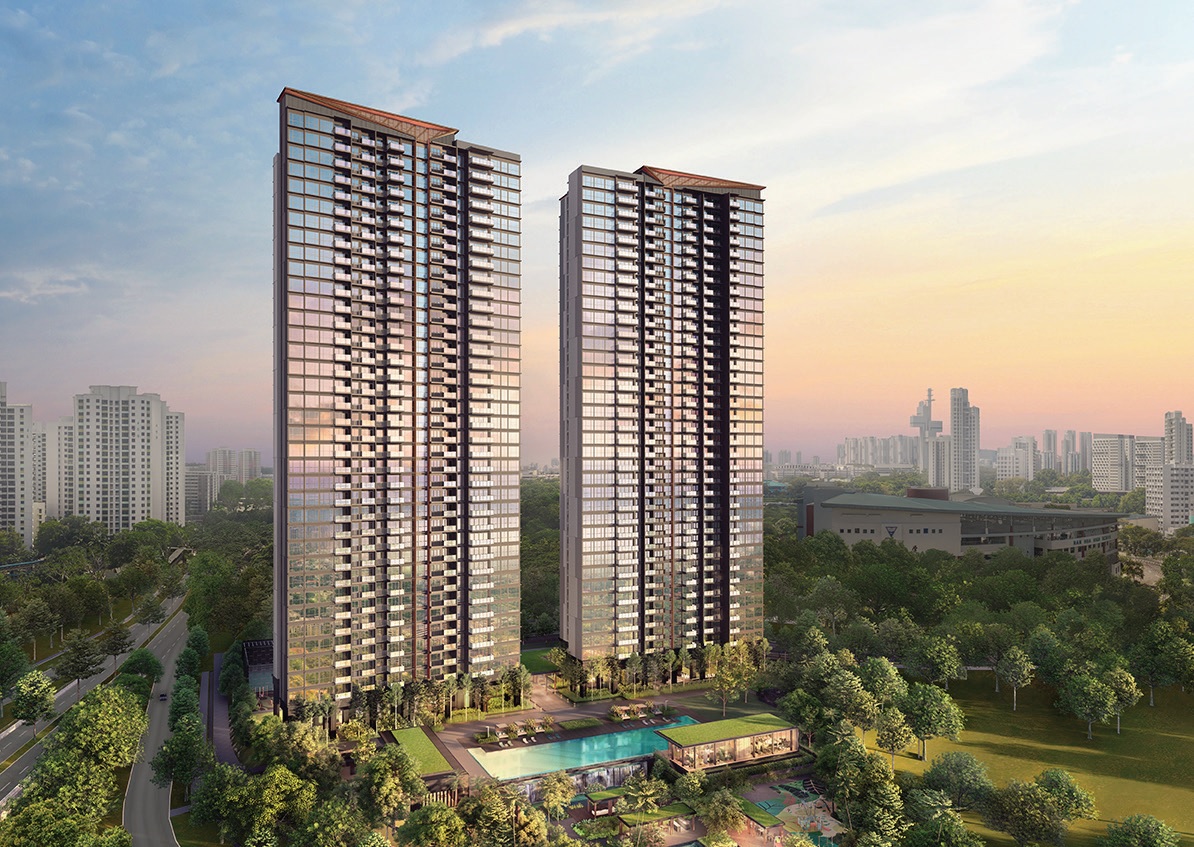
Property Advice We Own A 2-Bedder Condo In Clementi: Should We Decouple To Buy A Resale 3 Bedder Or Sell?
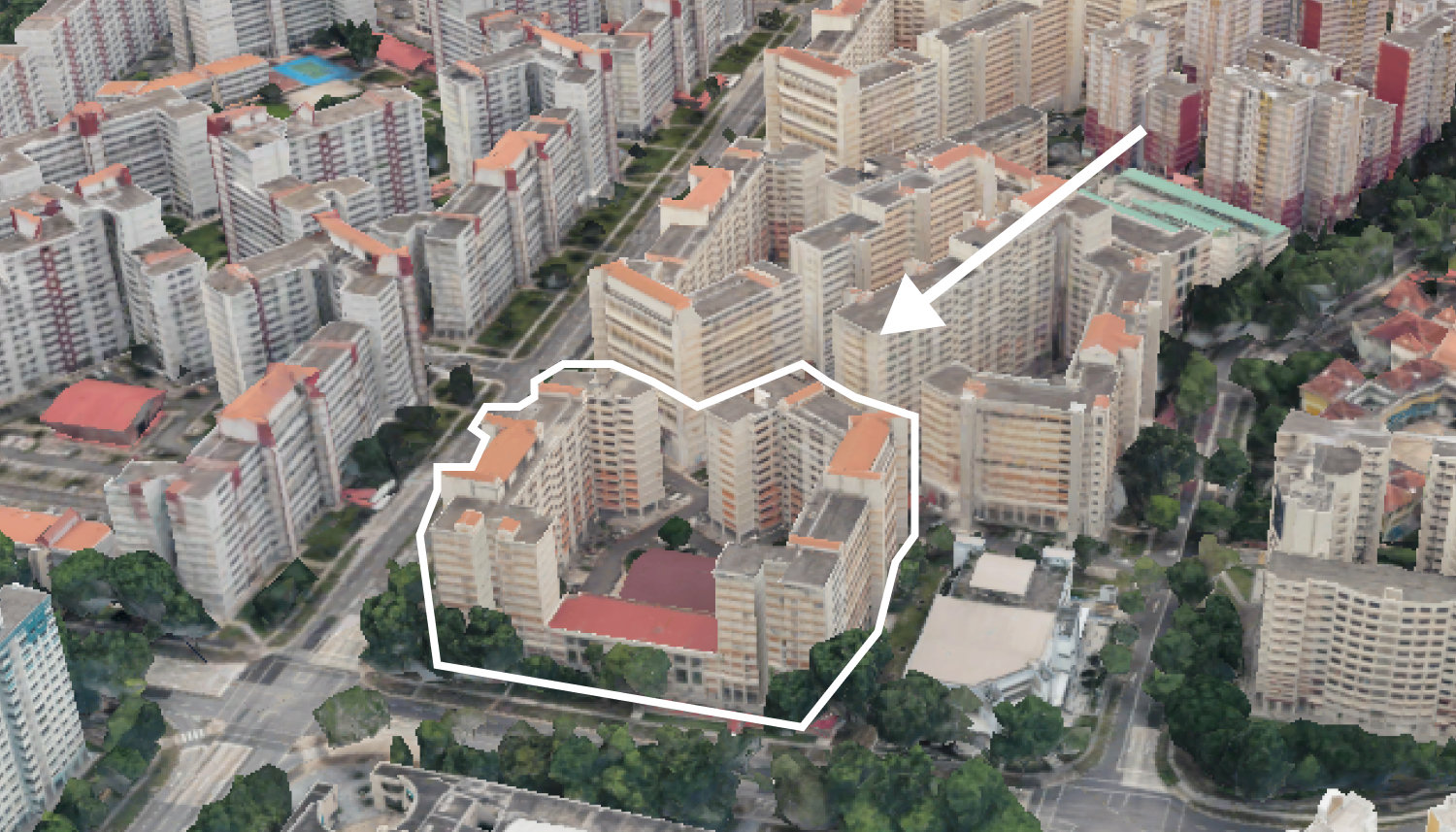
On The Market We Found the Cheapest Yet Biggest 4-Room HDBs You Can Buy From $480K
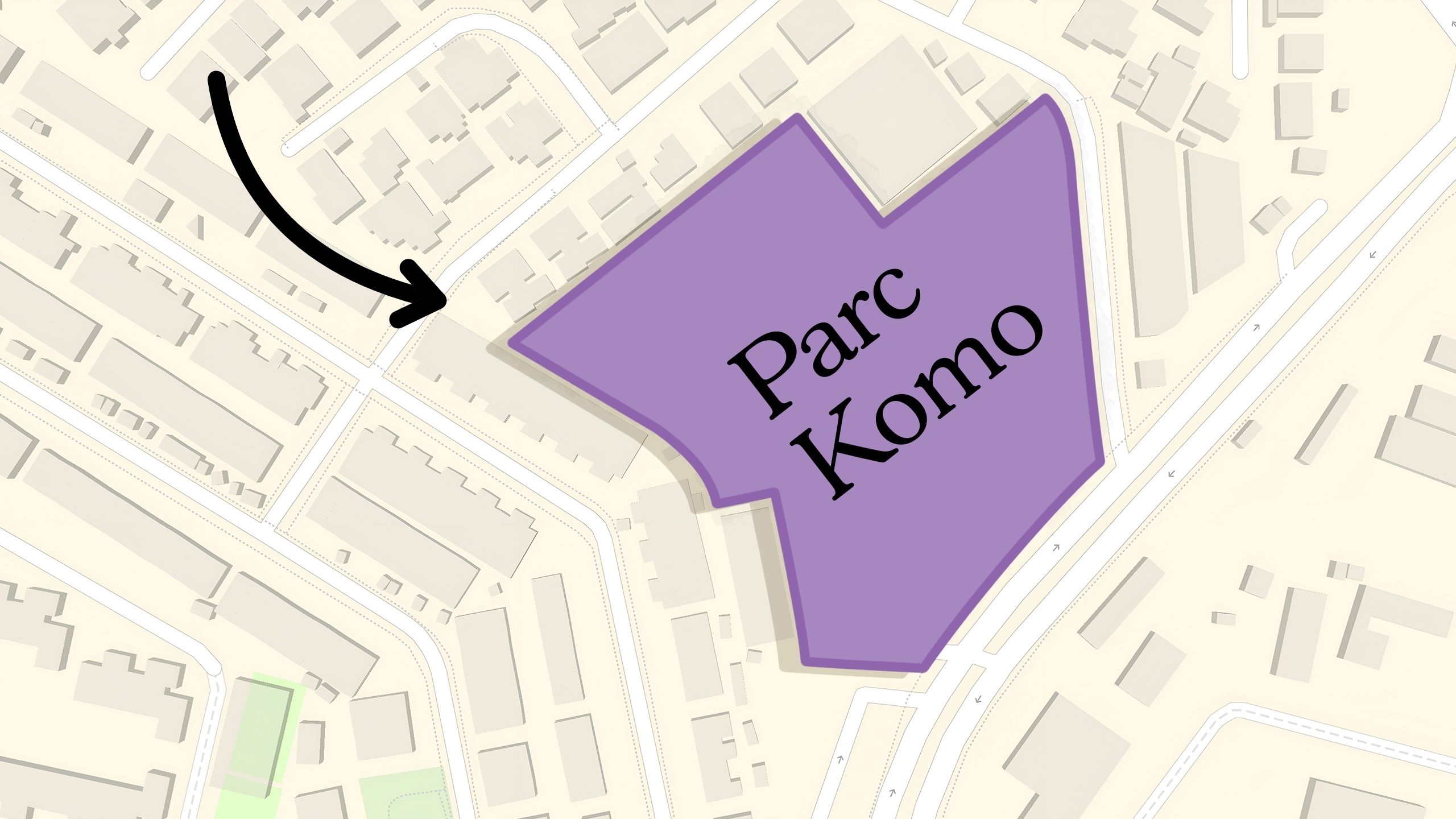
Pro Why This Freehold Mixed-Use Condo in the East Is Underperforming the Market
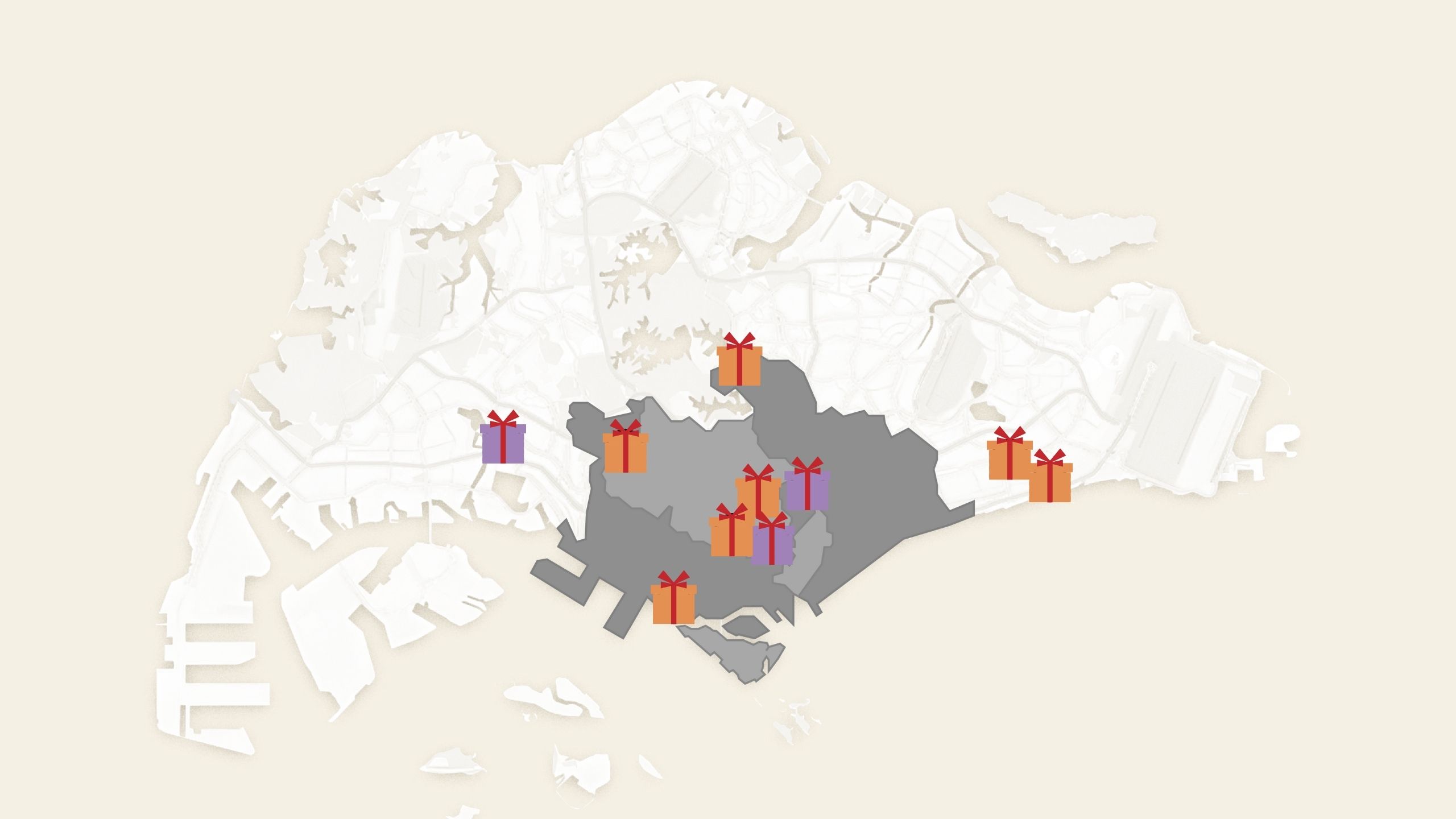
Singapore Property News 10 New Upcoming Housing Sites Set for 2026 That Homebuyers Should Keep an Eye On

Homeowner Stories I Gave My Parents My Condo and Moved Into Their HDB — Here’s Why It Made Sense.
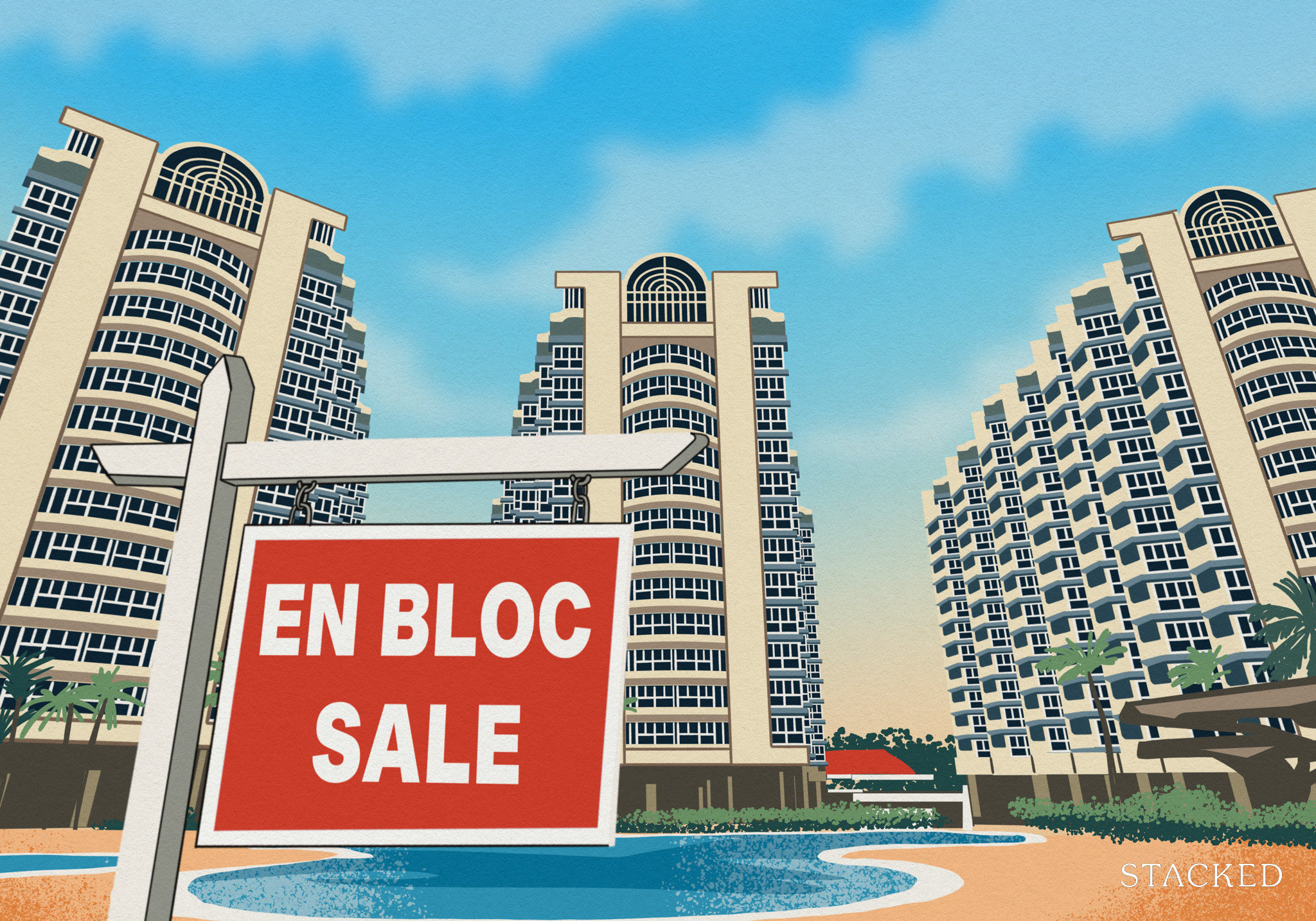
Singapore Property News Will Relaxing En-Bloc Rules Really Improve the Prospects of Older Condos in Singapore?



Why are Mortgaging Servicing Ratios for ECs and income ceilings unchanged, despite growing cost? What about young couples that earn more than the BTO and EC income ceilings? What is the government doing to support them? Not much incentive to work hard and earn a higher wage earlier on. Populist Budget.
On one hand, encourages to have larger families with more incentives. Yet, less focus and assistance are given to 5 room flats, or those who plan to upgrade to larger units. Sizes of new flats are getting smaller. Studies should be made not solely based on flat sizes but also to include the number of family members living in a small flat. Example : A family of 3 living in a 4 room flat vs a family of 5 living in a 5 room flat, which should be getting more support in terms of U-save rebates ? Which unit will run higher in living expenses ?
Very disappointed that 5 room flats do not have u-save rebates. The G is very rich to give handouts but is very unfair.